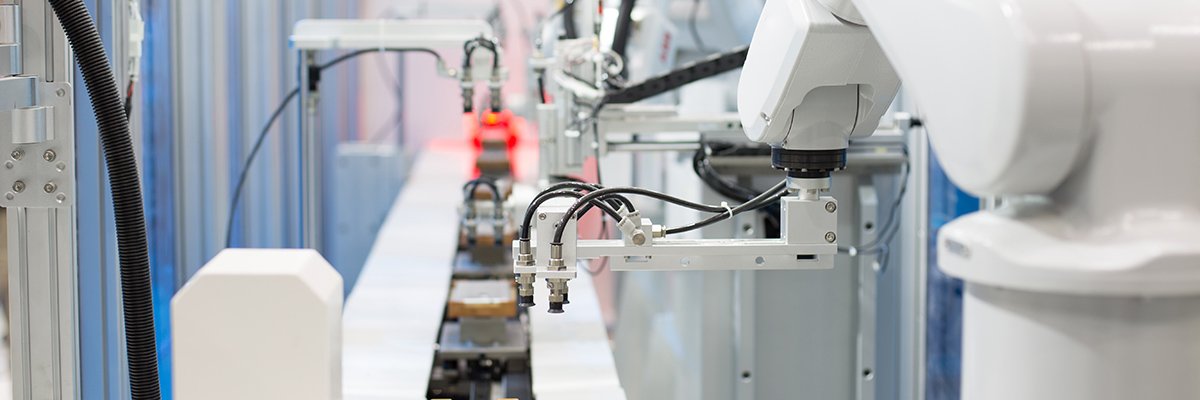
Even though 2023 is less than two months old, one of the emerging trends of the year has been the increasing emergence of services to support Industry 4.0 applications, and to meet ever-growing industry digitisation demands of industries, Nokia has announced it is working with other industry-leading technology providers to boost the capabilities of the off-the-shelf, Mission-Critical Industrial Edge (MXIE) technology.
Nokia said enterprises are recognising how MXIE can accelerate their digital transformation beyond connectivity and are using it to support operational technology data applications and workloads.
The comms tech provider said that as enterprises implement a growing number of Industry 4.0 use cases, such as autonomous robots in a factory or warehouse leveraging real-time situational awareness for safety, or zero-fault manufacturing using advanced real-time video analytics for efficiency, demand is growing for high-capacity, on-premise edge processing.
To support this, Nokia is introducing a high-performance, high-capacity infrastructure platform from Dell Technologies, beginning with the Dell PowerEdge XR11 server to further increase the processing power of the MXIE to handle the most demanding and complex workloads.
The Dell PowerEdge XR11 server-based MXIE, featuring a third-generation Intel Xeon Scalable Processor, introduces physical graphics processing unit (GPU) support. The NVIDIA A2 Tensor Core GPU is designed to enable artificial intelligence (AI) inference acceleration, that is accelerating the process of using a trained neural network model to make a prediction.
This could, said Nokia, unlock business-critical use cases that rely on real-time monitoring of video feeds and alerts using applications such as Nokia Scene Analytics, or Atos Computer Vision Platform, which uses AI for quality assurance and video analytics offerings for mission-critical applications.
Future compute-intensive applications – such as AI and machine learning – will also benefit specifically from the compute power provided by the GPU. This includes data intelligence analysing real-time OT data at the edge, which will be used to boost advanced analytics where Nokia continues its technical collaboration with Intel.
The on-premise, as-a-service subscription-based industrial edge Nokia MXIE is deployed as part of the Nokia Digital Automation Cloud offering. As part of the announcement, Nokia said it will also make it possible for enterprises to realise the value of operational technology (OT) data with the introduction of MXIE in a hardware-as-a-service (HaaS) model.
By offering MXIE in a HaaS model, Nokia is confident that it will enable more enterprises to begin their digitisation journey. This, it said, will reduce up-front capital investment and allow them to benefit from MXIE capabilities on a subscription basis.
“In 2022 we began building a large installed base for MXIE as it was integrated with the Digital Automation Cloud private wireless solution, allowing enterprises to experience how it supports their Industry 4.0 application needs,” said Stephan Litjens, vice-president of enterprise campus edge solutions at Nokia.
“Leveraging Dell PowerEdge servers, we are boosting the processing power and capabilities of the Nokia MXIE to meet our customers’ growing demands for advanced Industry 4.0 implementations.
“Additionally, the new MXIE GPU capabilities will support use cases that leverage AI and machine learning, such as real-time video and OT data analytics,” he said. “By introducing MXIE in a HaaS model, we are further lowering the upfront cost of our industrial edge for businesses to accelerate their digitisation journey.”

Comentarios recientes